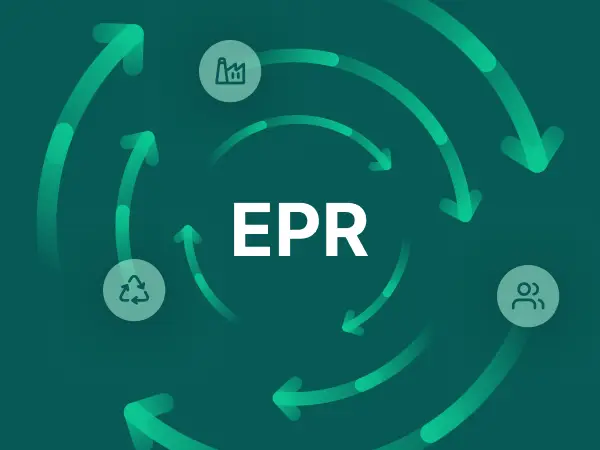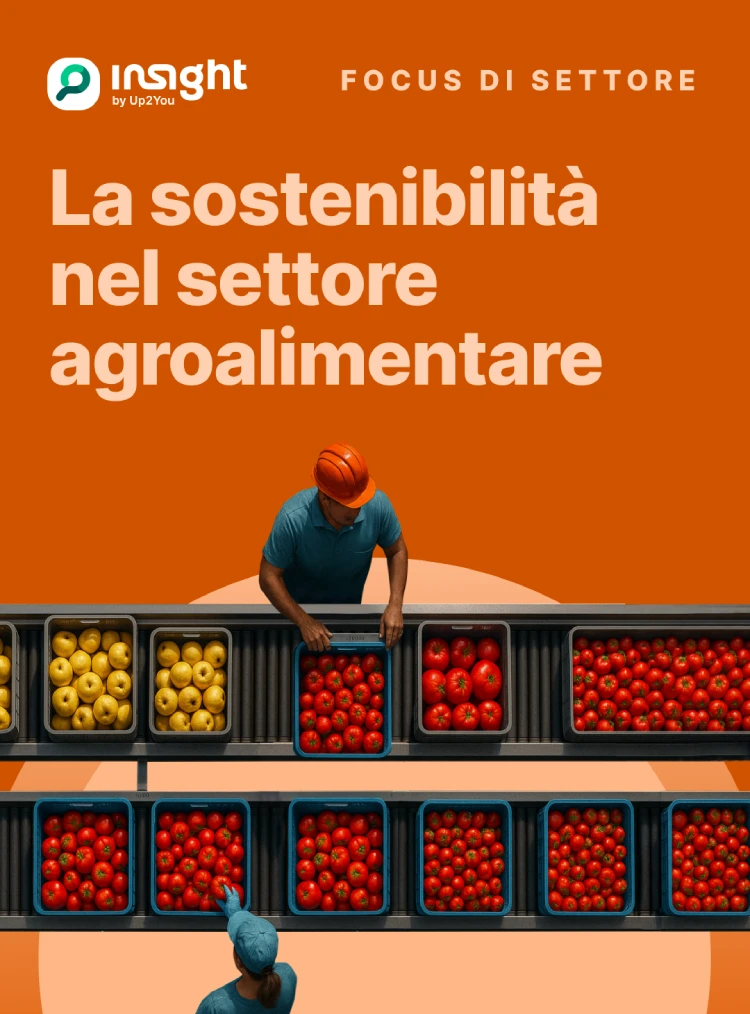Sustainability in the agri-food sector: EUDR, trends, challenges and opportunities for companies
How is the agri-food sector evolving?
The agri-food sector is at the center of a transformation that intertwines food security, competitiveness and sustainability. In fact, agriculture absorbs about 70% of fresh water, it contributes to the 30% to global greenhouse gas emissions, while livestock accounts for almost mid of supply chain emissions.
At the same time, the sector is working harder and harder to guarantee healthy and affordable food, at the same time reducing environmental and social impacts within increasingly complex global supply chains.
At the same time, the EU regulatory push is accelerating change: the strategy Farm to Fork sets important targets for 2030, while theEUDR aims to prevent deforestation and forest degradation linked to the trade of certain raw materials such as wood, rubber, cattle, coffee, cocoa, palm oil and soybeans.
What will you find in this focus on the agri-food sector
This study provides companies with the essential tools to understand changes in the agri-food sector and define effective strategies to seize opportunities related to ESG issues.
By filling out the form you can access for free PDFS containing an analysis that explains:
- challenges and opportunities within the agri-food sector;
- what is meant by sustainable agriculture;
- the impacts that the new EUDR regulation will have on the supply chain;
- the ways in which ESG issues are implemented;
- an in-depth overview of the main agri-food certifications and their impacts on SMEs.
In addition, you can access the webinars in which we will talk about:
- EUDR, market drivers, trends and opportunities for companies to promote an ESG transition;
- how Altromarkt and Forno Brisa have implemented their sustainability path with Up2You;
- ideas and useful tips for your company's sustainability strategy.




























